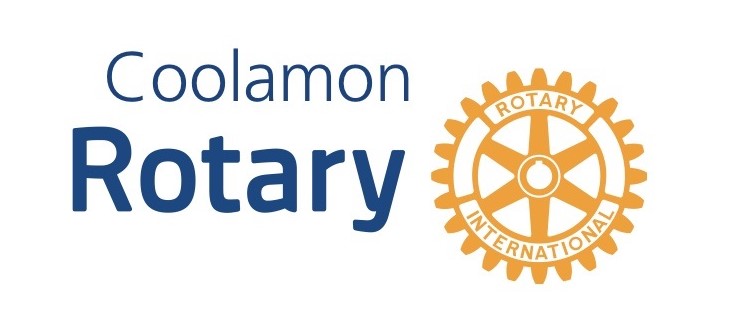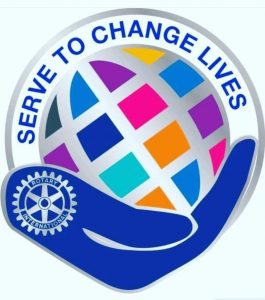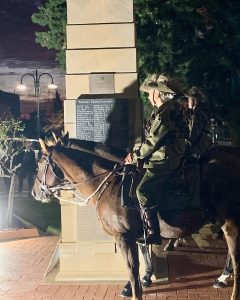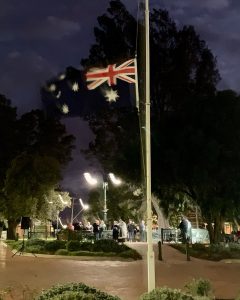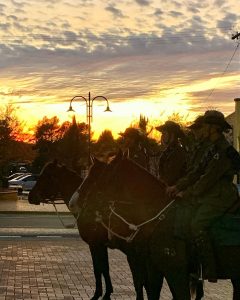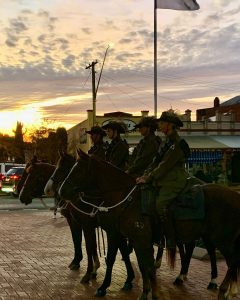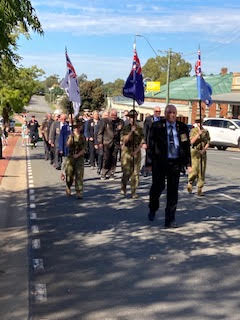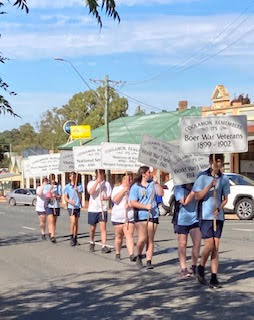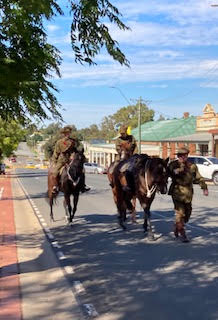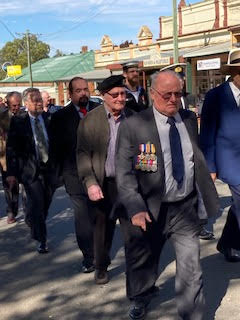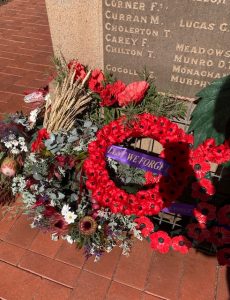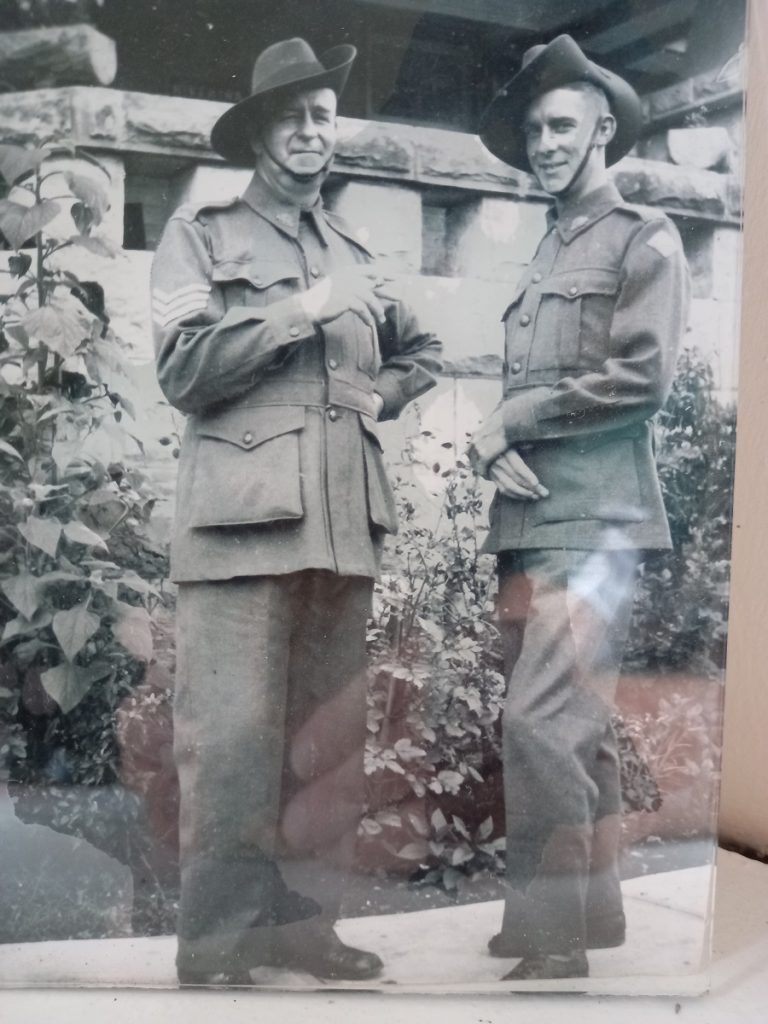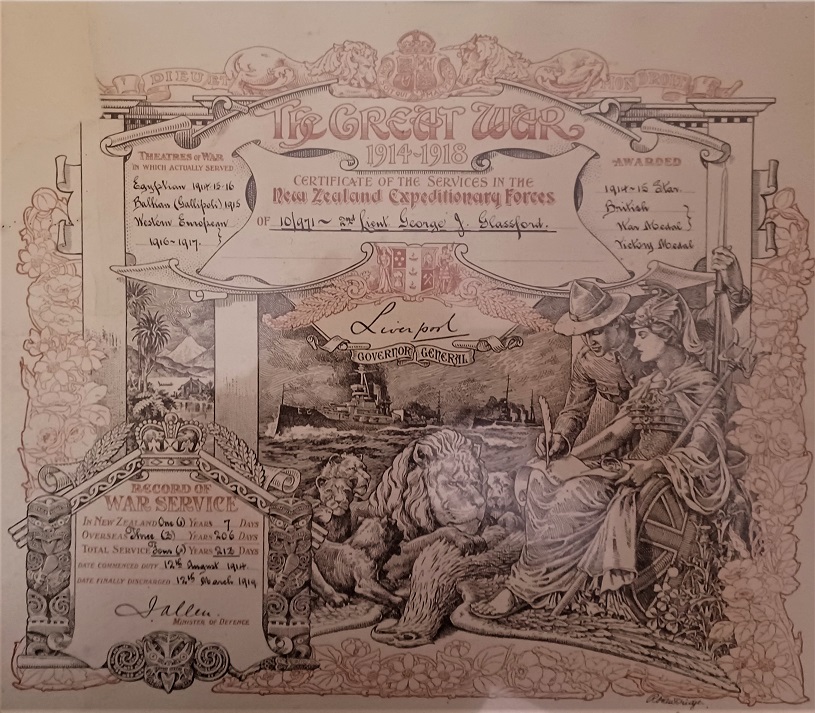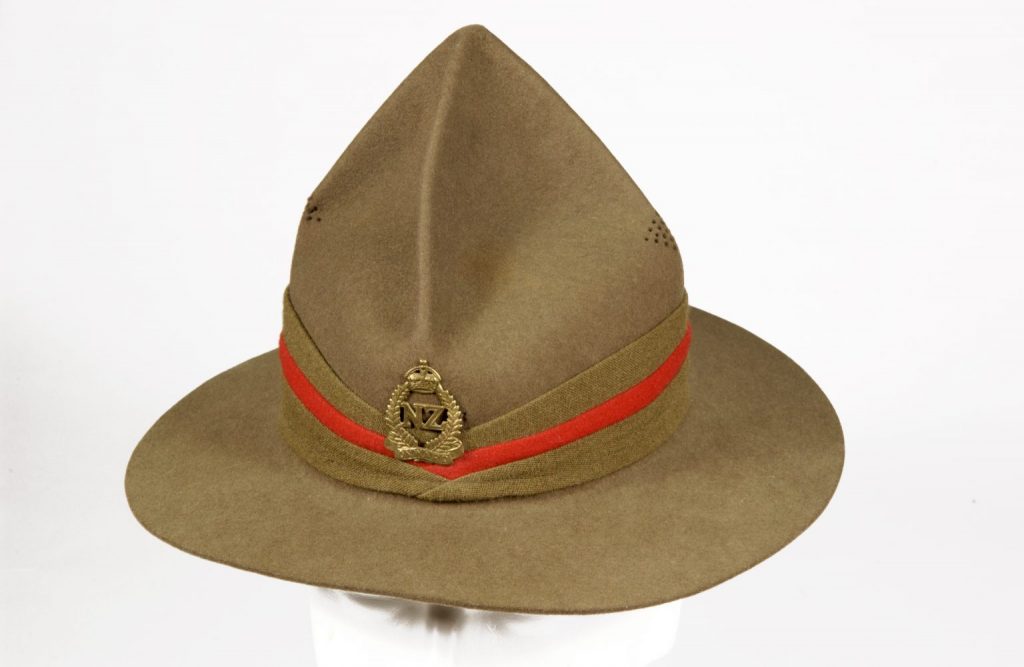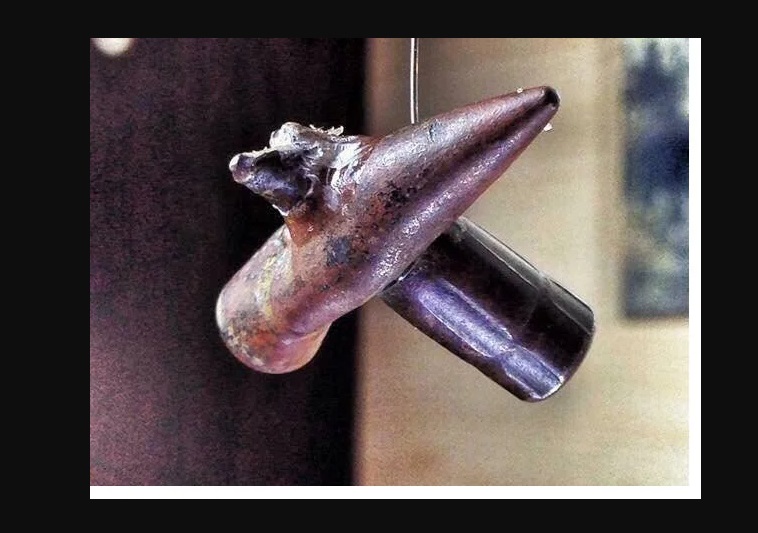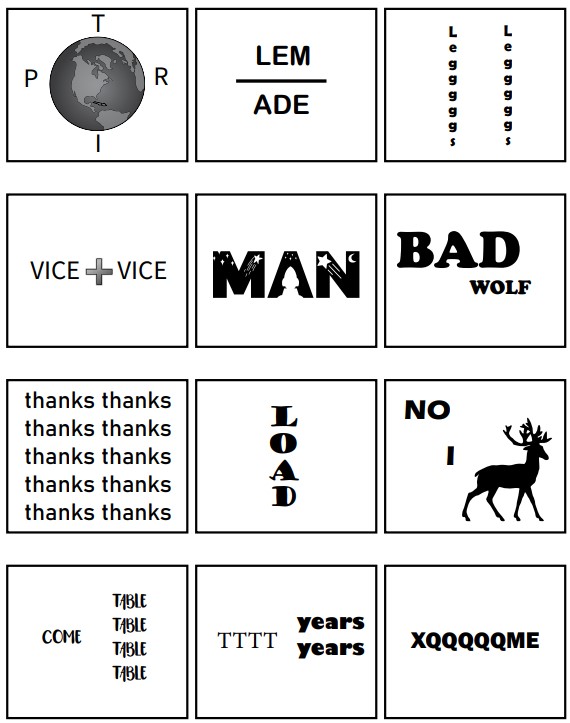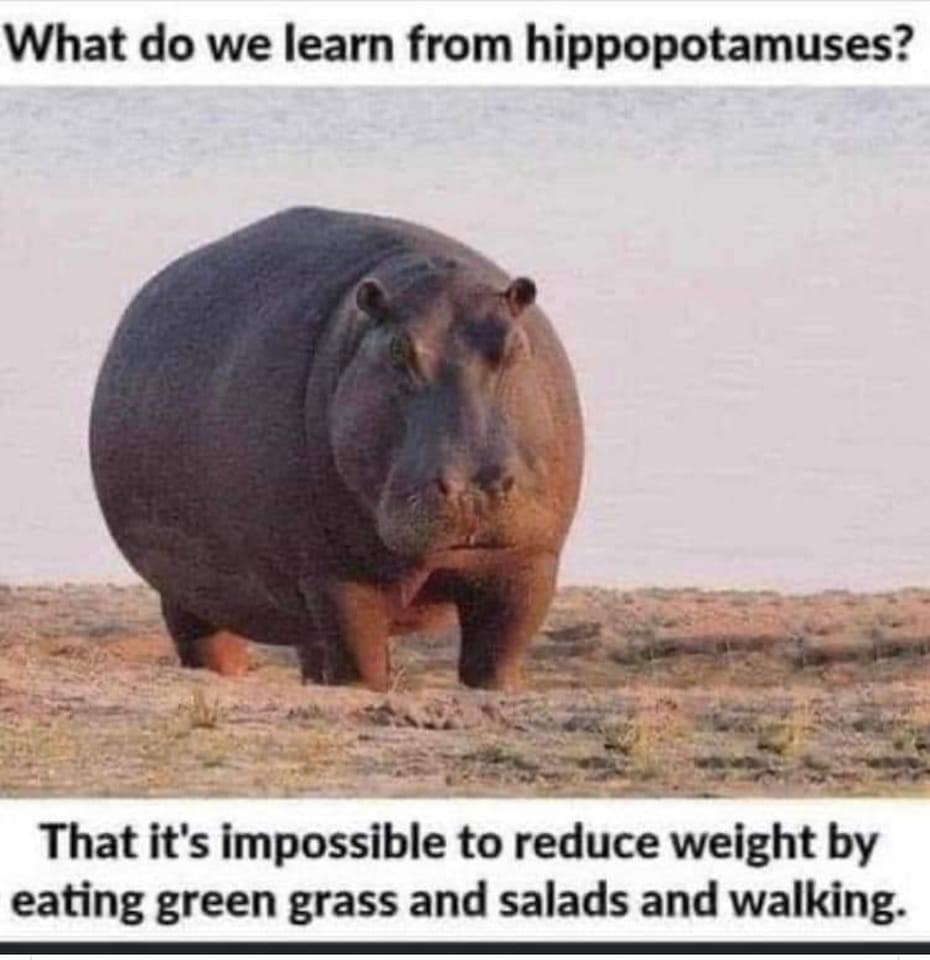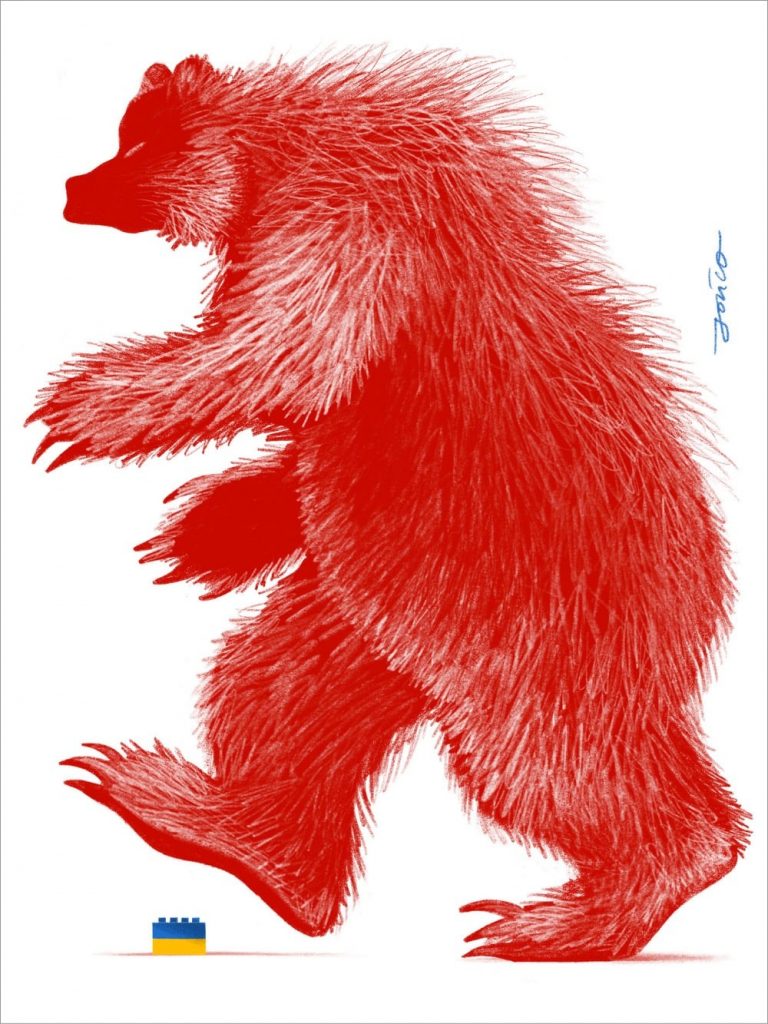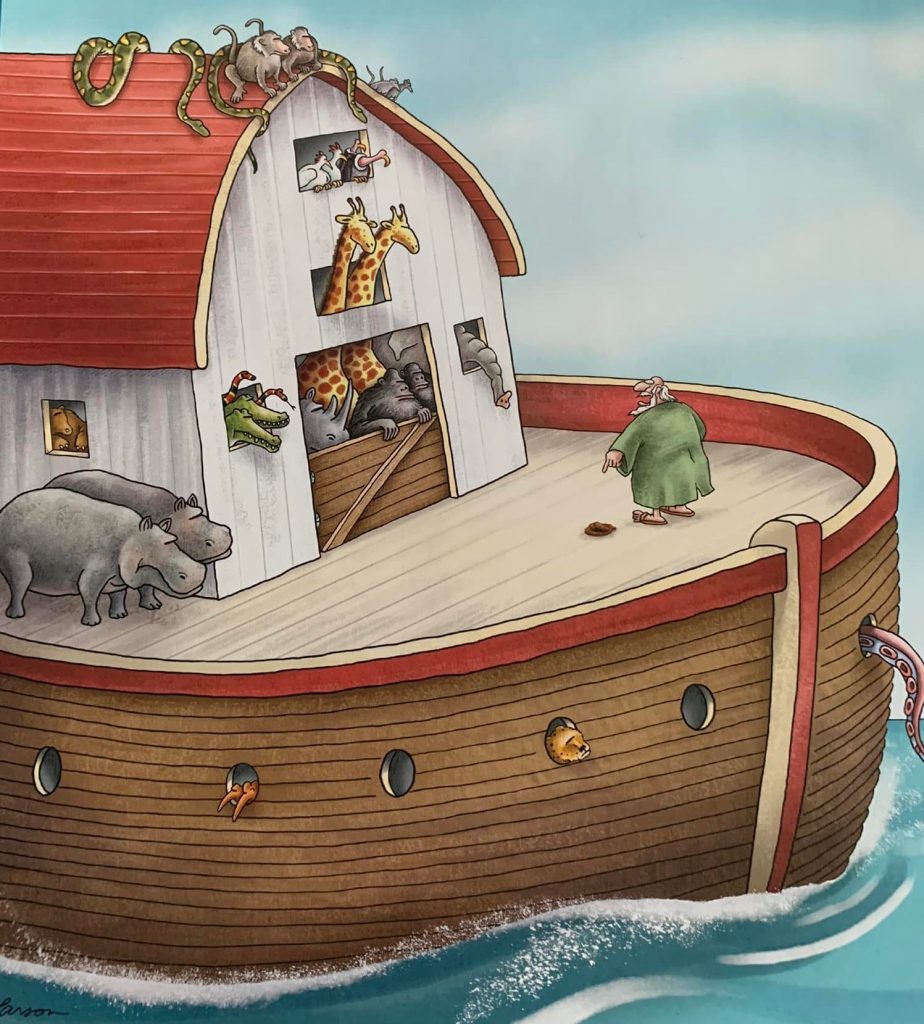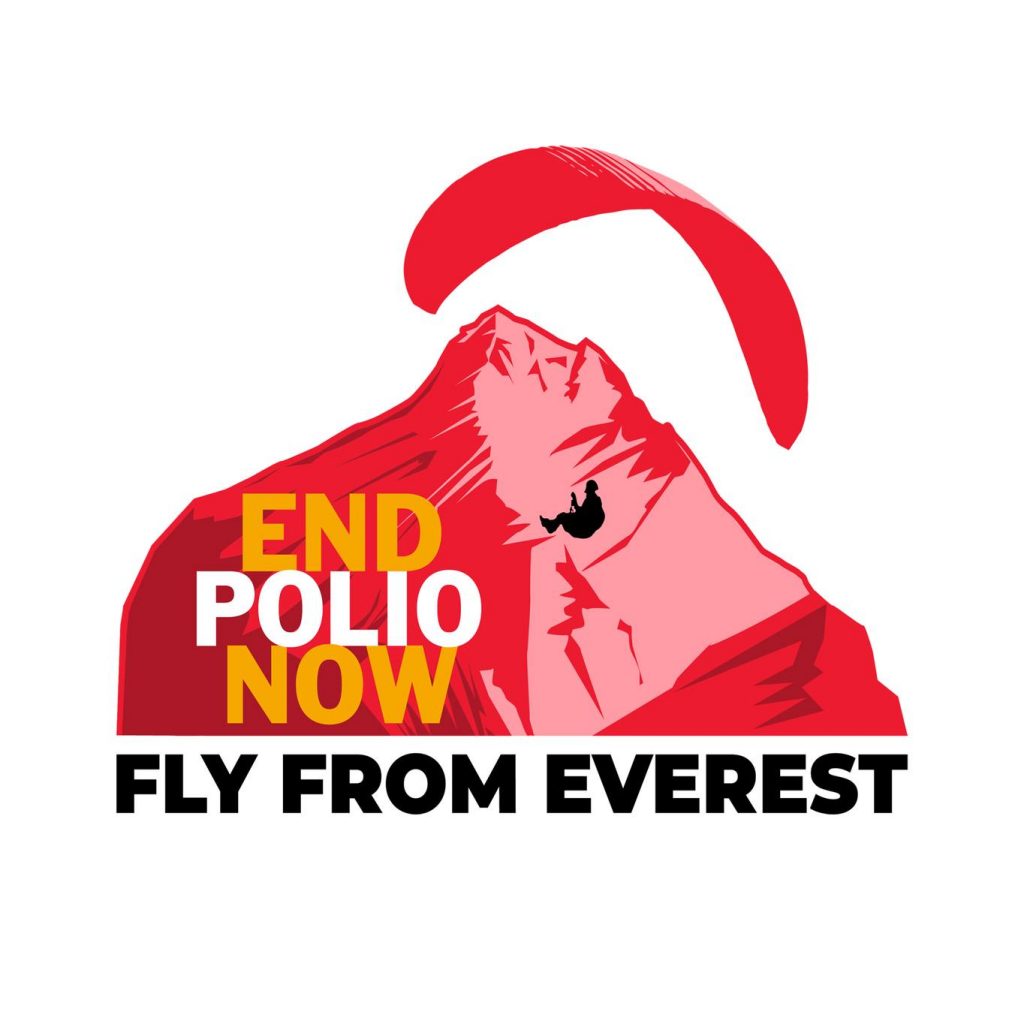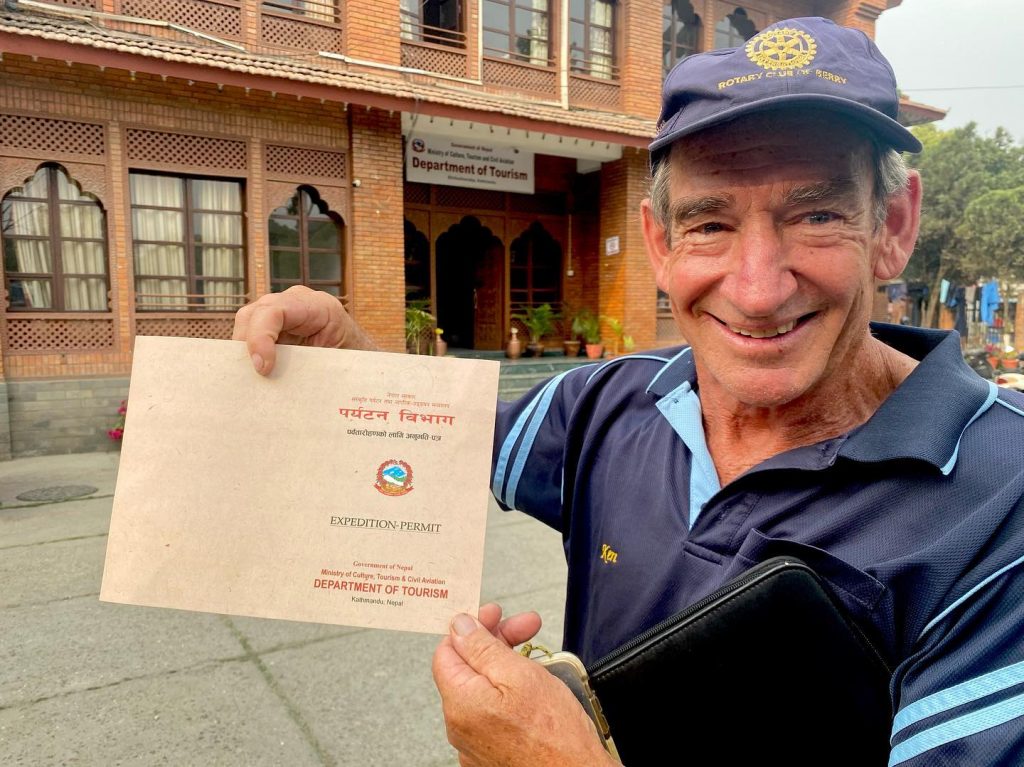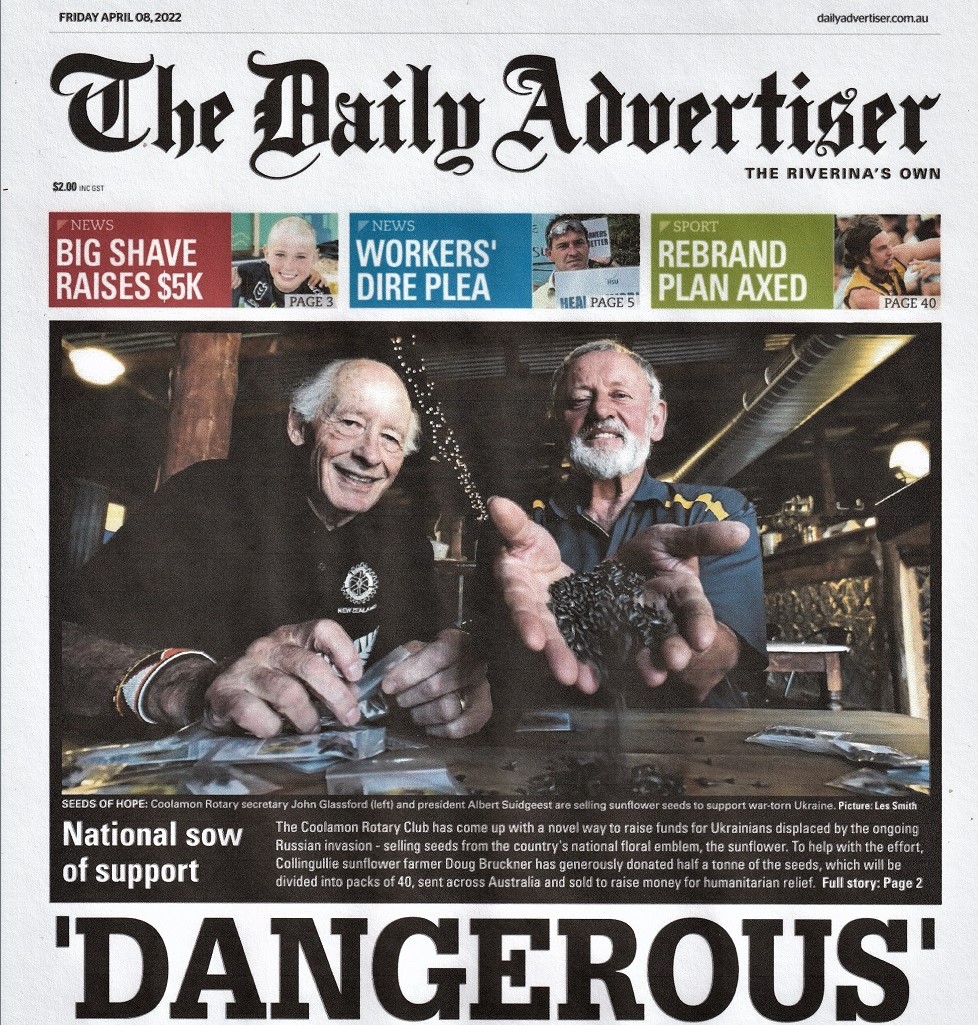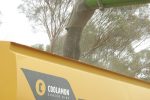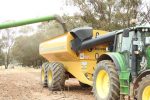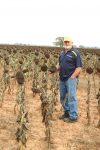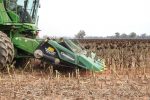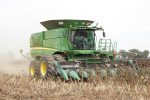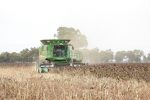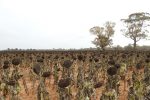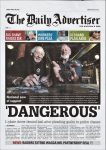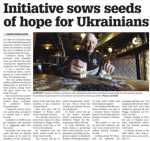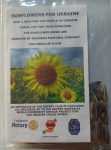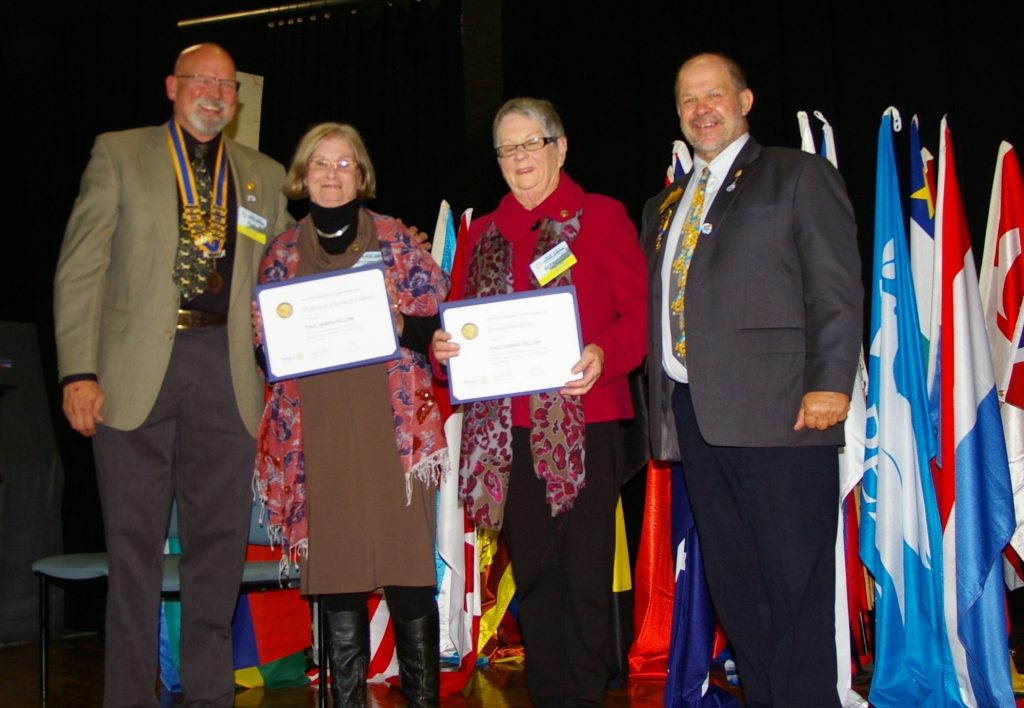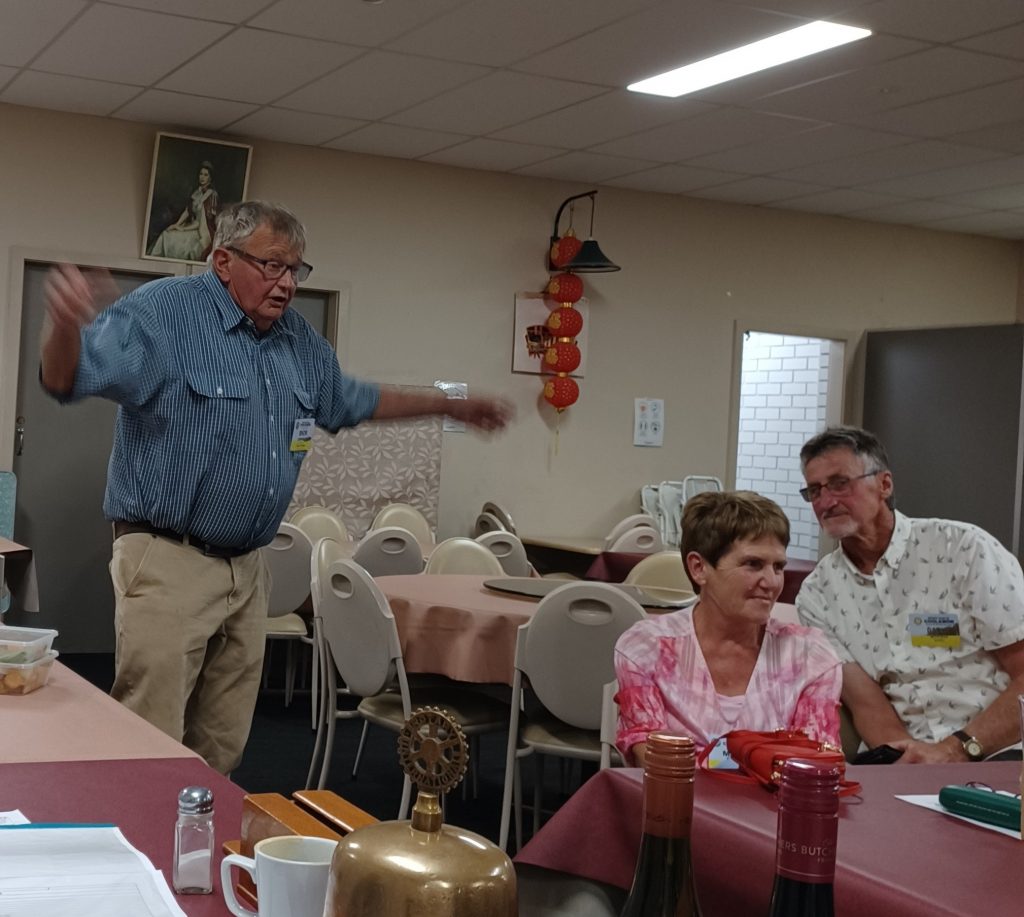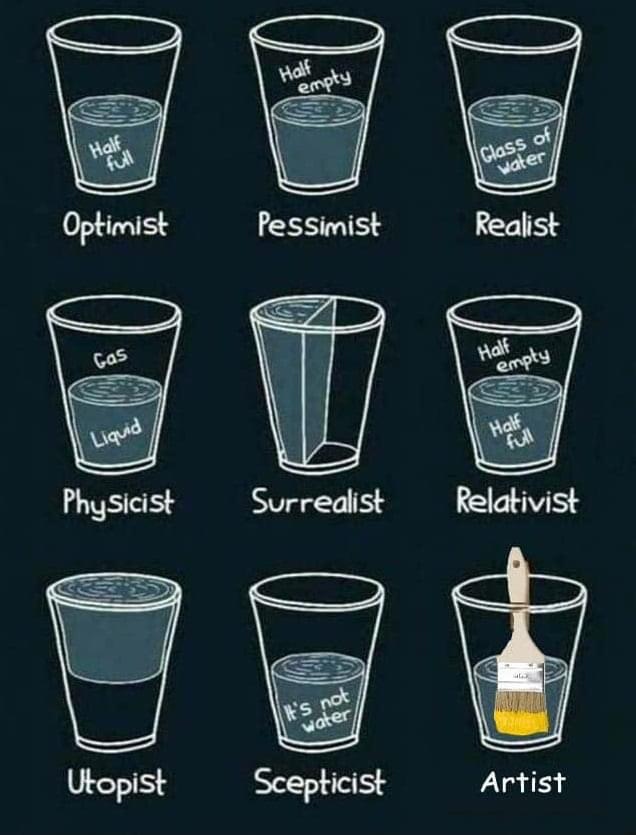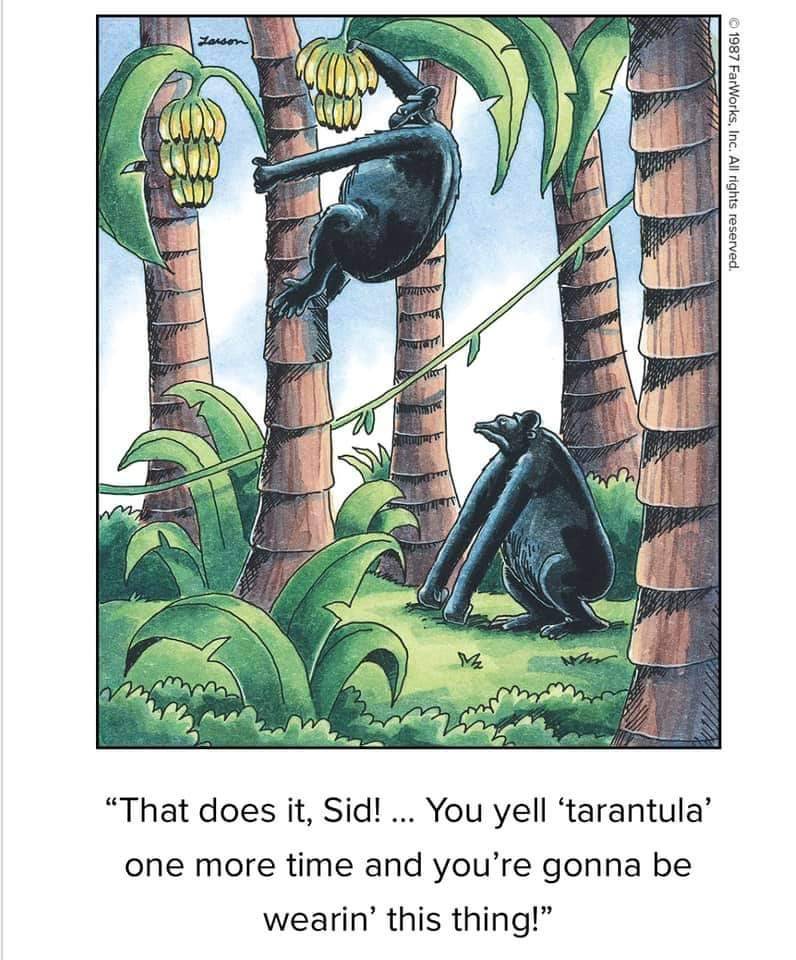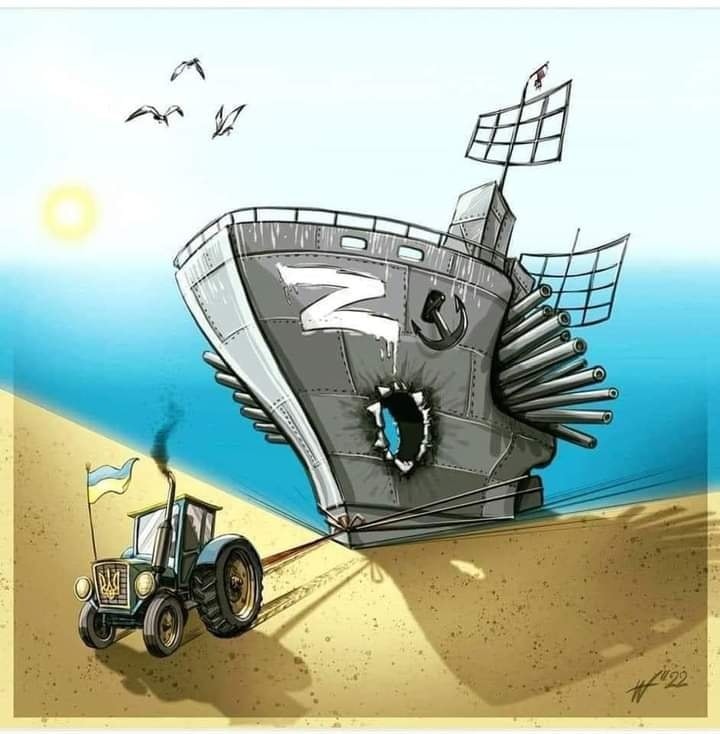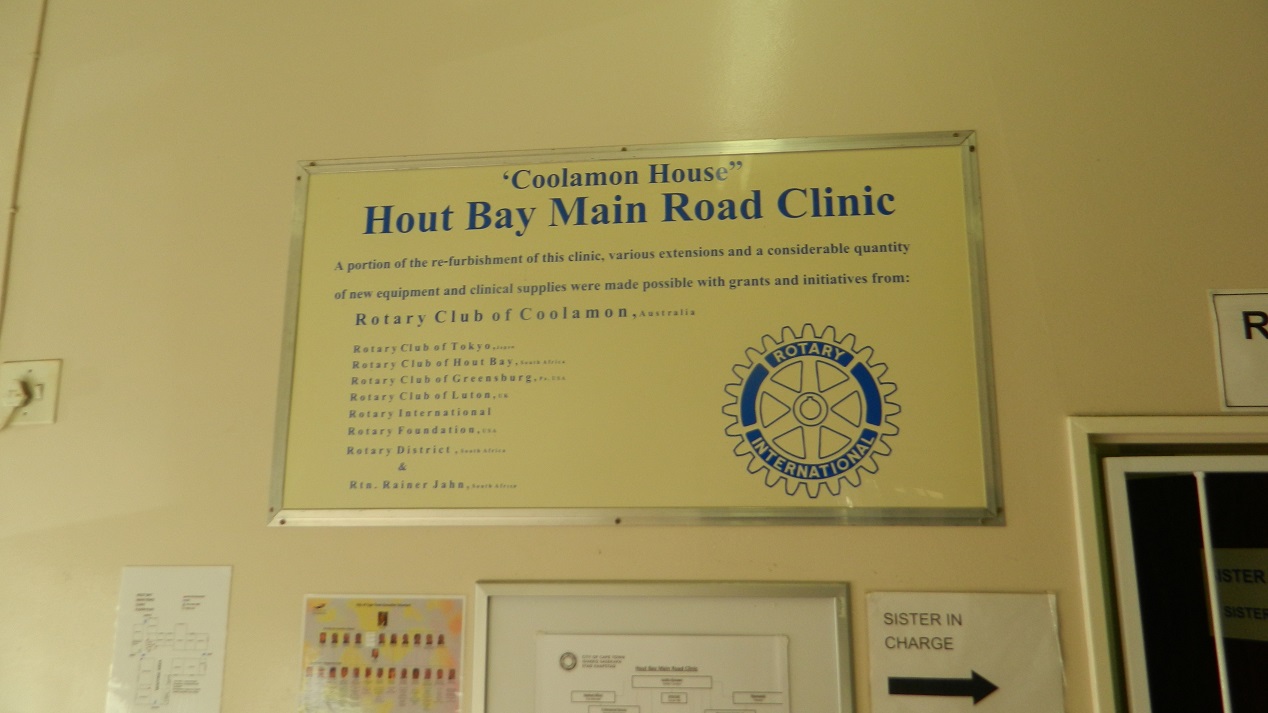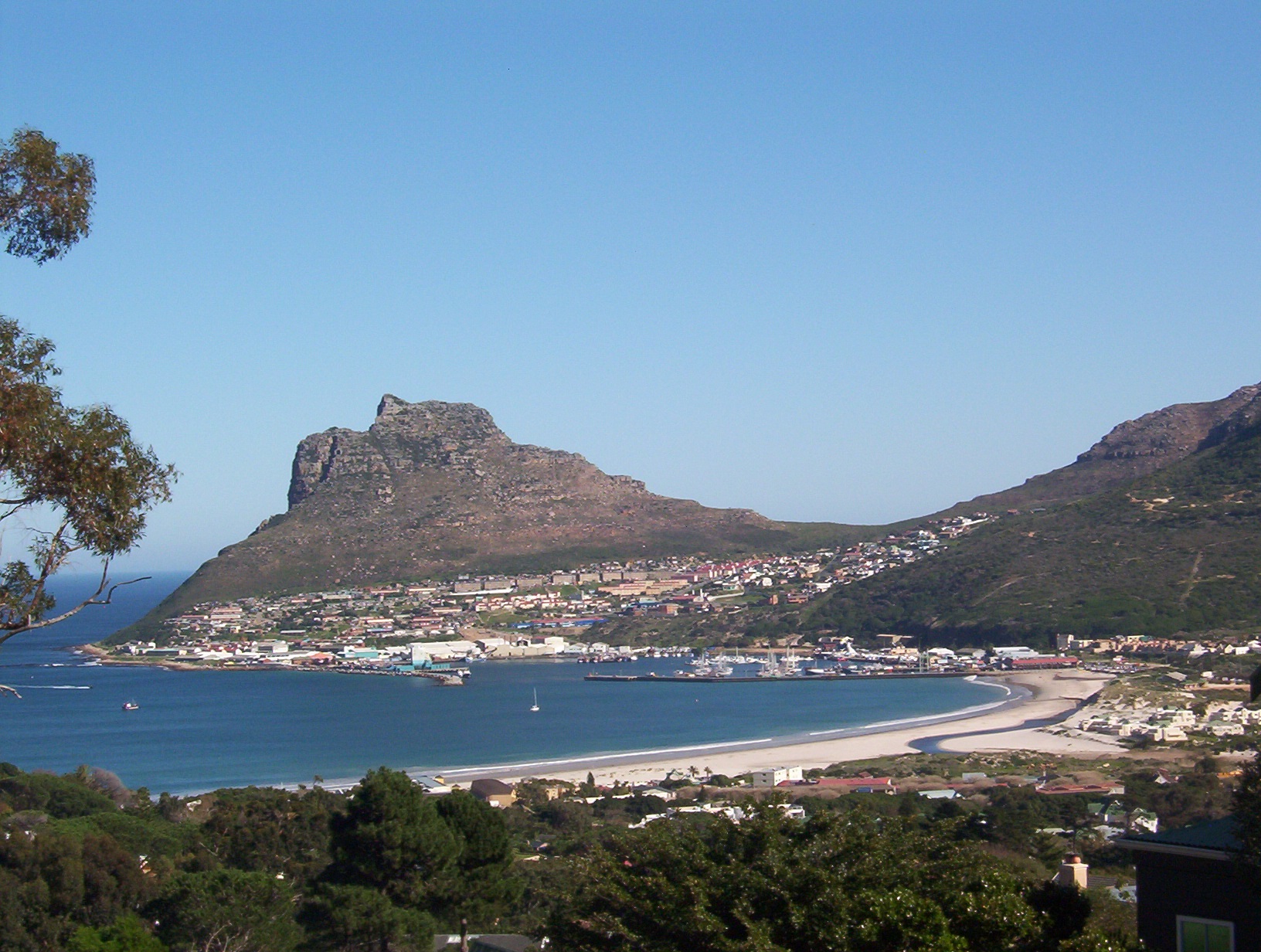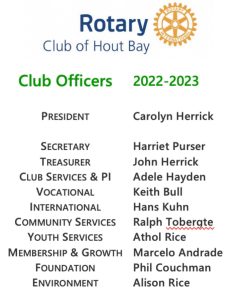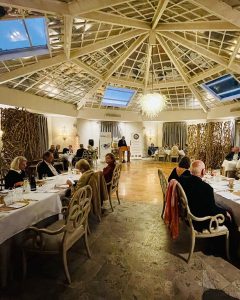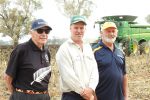WEEK OF APRIL 25th
ANZAC DAY EDITION
COOLAMON ANZAC DAY 2022
Photos by Linda Nolan from Ganmain (dawn service) and Sharon Miles (daytime service)
STORIES FROM OUR MEMBERS
1. MARY POTTS
A little information on some of my relatives who served:
My grandfather, Phillip John Golden, enlisted in the AIF 36th Battalion on 2/9/1916 and was injured in France on 6/6/1918 and was sent to a war hospital and then sent home to Australia.
He embarked in Sydney on on HMAT SUEVIC 11/11/1916. He drew a returned soldier’s block in Beckom in 1921 and farmed and lived at Berrima in Beckom until 1954, when his son Tom took over the running of the farm.
My great uncle, Thomas Golden, enlisted 7/11/1914 in the 13th Battalion AIF and embarked at Melbourne on HMAT Berrima on 22/12/1914 and was killed at Gallipoli on 1/5/1915. He was 24 years old.
Three of my mother’s brothers served in the 2nd World War and were fortunate to return home.
George (Joe) Alexander O’Reilly born 30/9/1914, NX 164598. From memory, Joe served most of his time in New Guinea. He only had bad memories of his time serving his country, from what he shared with us.
James (Jim) Patrick O’Reilly, NX 102057. Jim was born 4/5/1919 and also served his time in New Guinea.
Leo Denis O’Reilly, NX 130211, born 27/9/1921. Leo spent time in Singapore and New Guinea.
My brother, Raymond Patrick Golden, was in the navy and served time in Vietnam around 1969. He doesn’t like to talk about what he went through whilst in Vietnam, however he does talk about his experience a little more than he used to.
My ex-husband, Donald John Potts, was in the RAAF for over 20 years. We spent time in Wagga Wagga, Canberra and Malaysia. He luckily didn’t have to go into any areas of major conflict.
Footnote on Mary:
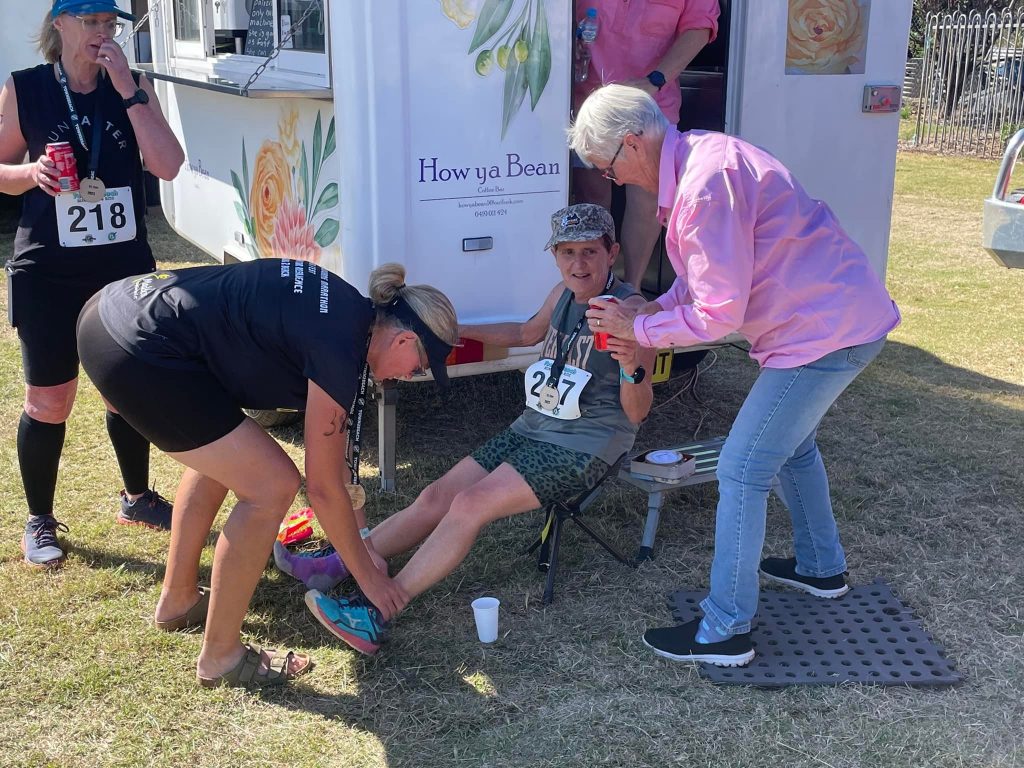
2. ADRIAN LINDNER
The following is my father’s WW2 experience. He lived on our family farm between The Gap and Coolamon. At the time of the war he was living with his mother in Wagga.
About November of 1941, Keith Lindner (aged 18) received a “call-up” for military service in the 2nd World War. He actually joined the RAAF but they were too slow to process his application. Before any action happened he was in the army. However, he maintained his interest in military planes and enjoyed attending air shows, more recently at Temora.
He left home on 2nd January 1942 and was drafted into the 2nd Division Signals. This was the communications branch for the Army utilising Morse code.
Whilst on leave in 1944, he enjoyed a visit to the family in Wagga Wagga, where he was given a ‘right royal welcome’ by his mother and younger brothers and sisters. They found him to be somewhat of a curiosity with all his army gear and equipment. They had never seen and handled things like gas masks, tin hats, etc.
Some highlights for him during the war years were;
1) On one secret mission, they were told they were going on a “fishing trip” except it was undertaking secret surveillance and reconnaissance duties along the west coast of Australia due to the threat of a Japanese invasion.
2) Another memorable occasion was meeting up briefly with his father, Eric, in New Guinea, who was also a soldier (mechanical engineers corp) in the army (see photo above).
3) When located on the island of New Britain, off New Guinea, Keith, along with fellow signalmen Selwyn Barnes and Morris Gissing (future mayor of Wagga and founder of Gissing’s Pharmacy), maintained 24-hour radio coverage on the front line for 8,000 Australian troops who faced some 50 to 60,000 Japanese in Rabaul. By making communications of fake troop movements, they bluffed the enemy into thinking there were facing many more thousands of Australians.
4) While in New Britain, Keith was accidentally shot in the leg, and would likely have bled to death if his fellow signalmen had not quickly applied their tourniquet. Keith was forever grateful for this instantaneous action.
5) Whilst recovering from his wound, the war came to a close, so he was able to take part in the Victory March in Melbourne.
Following the war, and having been promoted to sergeant, Keith returned to civilian life in mid-1946.
3. CHUNUK BAIR AUGUST 8th. 1915 by John Glassford
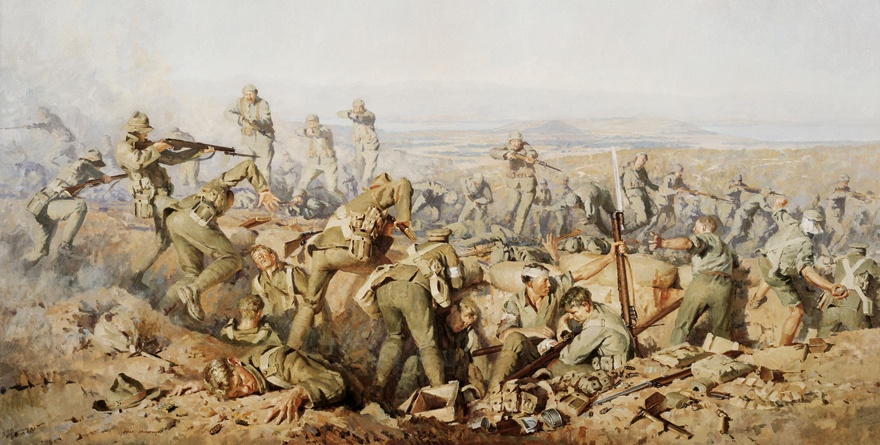
GALLIPOLI! It was a lunacy that never had the chance to succeed, an idiocy generated by muddled thinking. By attacking the Turks, the allies merely allowed the Turks the opportunity to kill British, ANZAC and French soldiers in large numbers.
The high point of the New Zealand effort at Gallipoli, the capture of Chunuk Bair, underlined the leadership qualities of Lieutenant-Colonel William Malone.
Two columns of the New Zealand Infantry Brigade carried out the attack, which began on 6 August. The operation started well, but delays meant not all the infantrymen had reached Rhododendron Spur by the time the assault on the summit started next morning. After the Auckland Battalion tried and failed, Malone insisted that the Wellingtons’ attack should be delayed until after nightfall.
The Wellington Battalion occupied the summit before dawn on 8 August. With sunrise came a barrage of fire from Ottoman Turks holding higher ground to the north. A desperate struggle to hold Chunuk Bair ensued. By the time the Wellingtons were relieved that evening, only 70 of the battalion’s 760 men were still standing. Malone was one of the casualties, killed by an Allied shell about 5 p.m.
Ottoman forces recaptured the position on 10 August from British troops who had relieved the New Zealanders.
My father, 2nd. Lt. George James Glassford, was in the 1st Wellington Battalion and missed Chunuk Bair as he was wounded on July 27th on Gallipoli and was in hospital in Cairo. Dad returned to the Gallipoli campaign to be with his mates. Dad served a total of 154 days on Gallipoli and a total of 4 years and 212 days in the New Zealand Army.
“Sgt Maj. GJ Glassford of the main body, now serving in France, recently refused an offer to proceed to NZ to receive a commission. He is among the first 20 having the longest service in Gallipoli.”
THE LEMON SQUEEZER HAT
Lt. Colonel William Malone, commanding officer of the 1st Wellington Battalion, invented the “lemon squeezer” head dress. Originally for his Taranaki Rifles Regiment, the hat was designed to mirror the outline of Mount Taranaki.
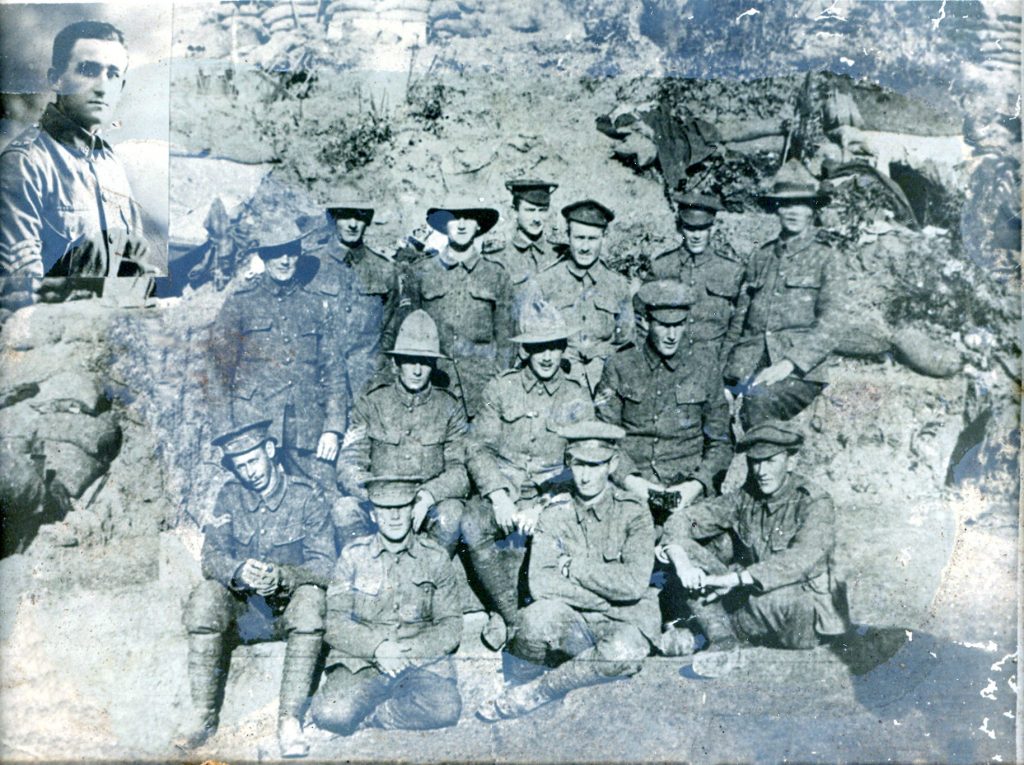
DIARY
*N.B. You are always welcome to bring guests to most of our meetings, just advise Ian Jennings if you want to bring a guest along when you respond to the weekly dinner roll call!
*Monday May 2nd – Guest Speaker Charles McClintock from Riding for the Disabled. Coolamon Sport & Rec Club, 6.30 for 7 pm. *Partners and guests welcome.
Monday May 9th – Phil McIntosh Wollundry RC Gears & Beers Meeting. Coolamon Sport & Rec Club, 6.30 for 7 pm.
Tuesday May 10th – BoD Meeting. 7.00pm Sports Club.
Monday May 17th – Club Assembly devoted to Sunflowers for Ukraine. Coolamon Sport & Rec Club, 6.30 for 7 pm.
Saturday 21st May – D9705 Club Development Seminar {formerly called District Assembly}. – ALL 2022-2023 Board Members need to attend. Parkes, 9 am start.
Monday 4th July – CRC 51st Changeover. Coolamon Sport & Rec Club, 6:30 for 7 pm.
Friday-Sunday 28th-30th October 2022 Rotary Zone 8 Conference Canberra.
Rotary Australia New Zealand and Pacific Islands Conference
By 9GAG Cliffs of Gallipoli
It is said that these bullets collided on Gallipoli in 1915 (Source unknown).
THE PUZZLER
Answer to the last Puzzlers:
Easy one – a priest; Harder one – 5:35
This week’s puzzler: What objects/phrases do the following images represent?
APRIL IS MATERNAL AND CHILD HEALTH MONTH
Graphics by Debbie Vance from Canada.
ROTARY CLUB OF COOLAMON Inc. 2021-22
Chartered March 3rd, 1971; Sponsoring Club Narrandera Rotary Club
President: Albert Suidgeest
President-Elect 2022-2023: Paul Weston
Secretary: John Glassford
Treasurer: Henk Hulsman
Rotary Foundation Director: Neil Munro
Membership Director: Dick Jennings
Service Projects Director: Daryl Breust
Youth Services Director: Anne Rzeszkowski
Club Admin Director: Ian Jennings
Public Image Director: Grahame Miles
Sergeant @ Arms: John Bond
Immediate Past President: Howard Atkinson
Bulletin Editors: Paul Weston and John Glassford
Webmaster: John Glassford

